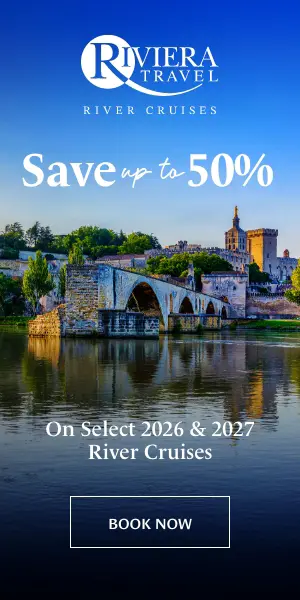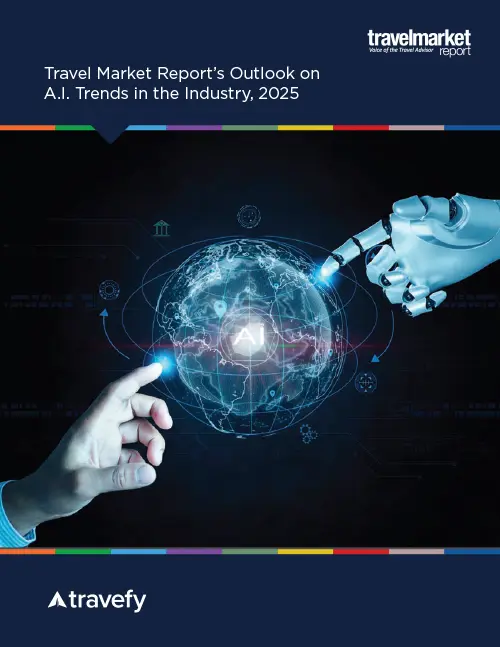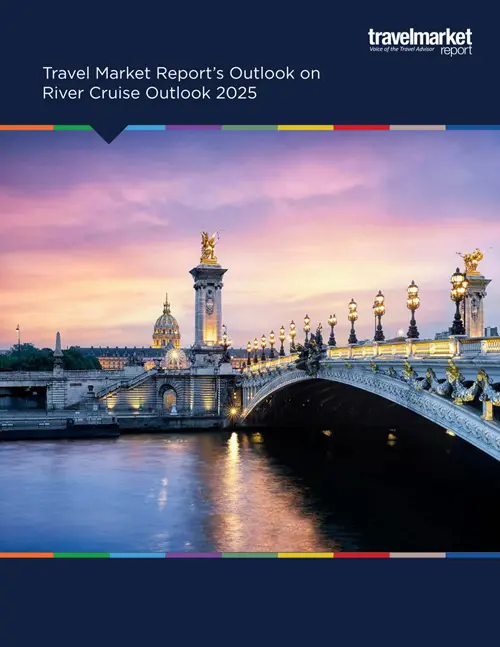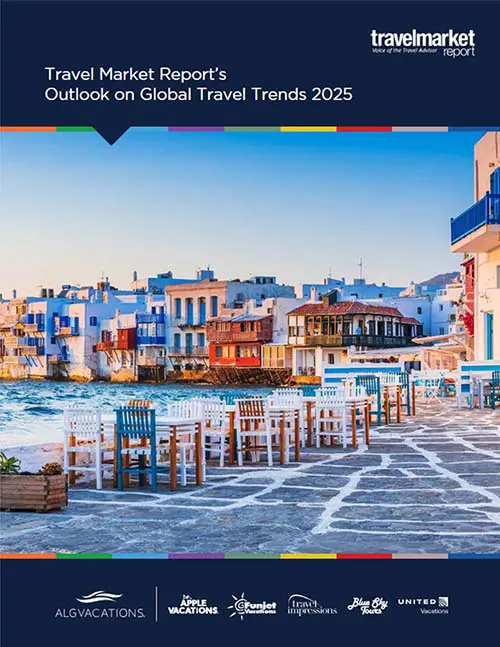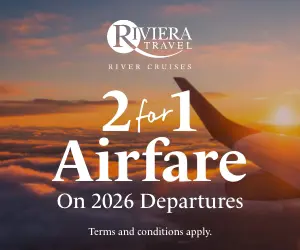Incentive Industry Back on Track, But Challenges Remain
by Maria LenhartWith the incentive industry firmly recovered since its nosedive during the recession, the outlook for 2016 is largely positive. However, while program budgets are on the increase, so are the challenges of rising costs and serving the often very different motivational needs and preferences among multiple generations.
Travel Market Report spoke to a variety of incentive experts to get their take on where the industry is now and what trends are shaping its future.
Budgets Increase, Program Size Doesn’t
According to a recent survey from the Incentive Research Foundation (IRF), many incentive planners have more money to work with these days, with 36% reporting increased budgets as opposed to 14% reporting decreased budgets. Despite this, program size and length is staying pretty much the same, with just 7% of planners reporting an increase in duration and just 9% reporting an increase in participants.
“Higher travel costs are partially absorbing budget increases, but we’re also seeing that many planners are hesitant to grow these programs that not so long ago they had to cut back,” said IRF president Melissa Van Dyke.
For some companies, the choice to not invest in longer programs can be a matter of respecting the other demands that qualifiers have on their time.
“In our case, we’re finding that delegates prefer to keep their free time for family vacations,” said Marianne Thompson, director of meetings and events for Re/Max Integra in Toronto. “Therefore we are inclined to keep our programs no longer than four nights/five days. The exception is with European destinations; delegates often want to stay longer and tag on some personal time.”
If increased budgets are not going for longer or larger programs, where is that money going? According to IRF research, expenditures are up for the “non-meal” components of trips, including off-site excursions and gifts.
“Planners are being more strategic with their budgets, putting the money toward customized and immersive experiences,” said Angela Hofford, director of sales for AlliedPRA Arizona, a destination management company. “Now it’s less about specialty table linens and centerpieces. Planners really want to direct their spending towards things that engage and resonate with people.”
Millennial Appeal
Among the major challenges facing the incentive industry these days is adapting to the needs of younger qualifiers, according to Van Dyke.
“As Baby Boomers retire, executives are faced with a shrinking pool of top performers within their organizations,” she said. “We used to have a large generation coming in, but Generation X is smaller than the Baby Boomer generation. So the emphasis is on retaining top-performing Gen Xers and drawing in talented Millennials.”
As a result, many organizations are readjusting their strategy to design programs balancing the preferences of Millennials, who tend to go for active and over-the-top experiences, with those of older qualifiers who tend to prefer more relaxed events where they can socialize with their peers, she said.
“In some cases, organizations are planning two different events for two different groups, so they can meet these diverse needs,” Van Dyke said. “Or they may choose a venue where you can have multiple options during a single event or do an event that is both intimate and extraordinary. For example, having a celebrity chef prepare an intimate dinner for the group would serve both needs.”
Also noting this trend, Jeff Broudy, executive vice president of United Incentives and a former IRF chairman, said his company recently organized a large incentive in Rome, where the age of participants early 30s to mid 70s, with a wide range of activity choices to keep everyone engaged.
“The older ones tend to want downtime with each other, while the younger ones are all about one-of-a-kind experiences,” he said. “So we had everything from cycling through Rome—kind of a crazy, daredevil experience—to more standard things like cooking classes. Everyone was able to experience the destination in a meaningful way, but with different approaches.”
Fitting Experiences
Among the most popular incentive trends these days are “fitting” experiences where attendees are fitted for personal items such as designer sunglasses or cowboy boots.
“There’s a real strong uptick in organizations offering fittings and other merchandise experiences on-site,” she said. “For example, at a beach resort, there might be a pavilion set up where people can pick out designer sunglasses, while at a ranch resort it might be cowboy boots. It’s a concierge-style experience that is trumping the room gift itself.”
Fitting experiences have the added benefit of enabling winners to interact with each other, getting feedback from each other as they try on various items, she added.
“The fitting experience also ties into a new consumer trend where the personal brand trumps even the company brand,” Van Dyke says. “As much as we want logos, we also want to add our own special touch, to get the exact color and style you want.”
Destination Preferences
According to IRF research, the top destinations for incentives continue to be North America, the Caribbean, and Europe, with more than a third of planners using those destinations. Planners who are considering more exotic destinations most frequently chose China, Bali, Vietnam, and Peru.
With the dollar gaining strength against the euro, interest in Europe is especially strong right now. Organizations are eager to “lock in” space while the exchange rate is so favorable, according to Broudy.
By contrast, he doesn’t see a similar uptick in interest for Asia and other long-haul destinations.
“There’s more discussion about exotic destinations, but I’m not sure the willingness is there,” he said. “A big stumbling block for Asia is the cost of flying there on business class, which many organizations, especially those based on the East Coast, feel is necessary to offer. They’re more willing to fly economy class to Europe.”
CSR Still Important
Not just a passing fad, CSR (Corporate Social Responsibility) continues to play a part in incentive programs, with 47% of planners in the IRF study reporting that they are integrating CSR activities into their programs. In many cases, things that were once considered CSR, in particular green practices, are now just standard operating procedure, Van Dyke said.
“Planners have become much more adept at adapting a company’s CSR mission into each program,” she said. “And CSR activities are consistently ranked high among top experiences, particularly if they are tied into the local community.”
Hofford agreed, adding that clients want CSR experiences that are “customized and not canned” and that include interaction with local people. As an example, she cited a recent activity at the Sheraton Wild Horse Pass Resort, located in the Gila River Indian Community south of Phoenix, where participants helped create a vegetable garden for a grammar school on the reservation.
“The kids got excited, came out, and joined in with planting and building chicken coops,” she said. “Afterward, the attendees went on a run with the kids. It was incredibly rewarding for everyone.”
A ‘Pure’ Incentive?
While it’s often presumed that business meetings are becoming a more important element of incentive programs, IRF research has found that only about half of programs are including meetings.
“This was surprising to us, so we went out and talked to more planners to find out why,” Van Dyke said. “What we found is that there is a firm stance on either side of the issue. Your incentive program is a reflection of your corporate culture. There are companies that view the incentive as a pure reward where people should be allowed to just have fun.”
For other companies, however, the incentive is viewed as a means to share best practices and also to engage top leaders and performers in discussions on solving key business issues, she said.
When incentive programs involve distributors rather than corporate employees, business sessions may be included, but are often not lengthy or mandatory, according to Broudy.
“The client may want to include a business briefing or introduce a brand-new product, but very few will do an all-day meeting,” he said.











